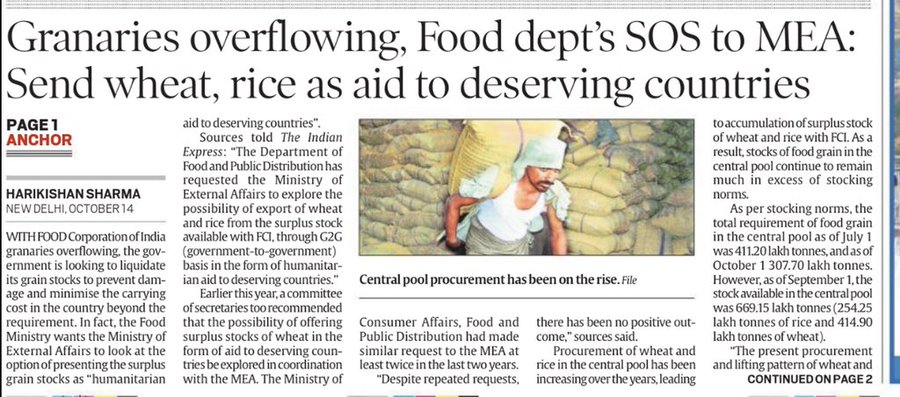Dear reader, who ever you are, wherever you are, begin by reading Dr.Ambedkar. It will change your life
Meena Kandasamy
I cannot write about revolutionary Dr.Ambedkar in just 800 words–he is the foremost among my heroes and i want to write about him endlessly, making use of all the courageous metaphors that poets have put forth in every language of the world, pulling out instances from his life, words from his own books, arguments from his debates, anecdotes from the lucky ones who could witness firsthand his searing anger, his sharp insights and an unsilenced frustration that ate him away as he sought to challenge and annihilate the Hindu social order and its caste system that enslaved, on every conceivable level, millions of men and women. this tiny remembering is not going to be about that daring revolutionary, it is going to be about each and everyone of us. my adoration for him can only be matched by the anger that i feel when i realize how we have let him down, collectively, individually, and in ways that only reveal the monster of caste that inhabits the innermost corners of our minds because it is a convenient conditioning that does not escape us.
Dear feminist sisters, when will you give Dr.Ambedkar the recognition that is due? he burnt the Manusmriti because it degraded women and he resigned as independent India’s first law minister because the Hindu Code Bill, a brave piece of legislation that enshrined rights of inheritance and divorce and adoption for women was not passed. what else sister? over the years, you have learnt the art of maintaining a stiff silence when dalits are slaughtered and dalit women are paraded naked and raped, but for all this cleverness, somehow, even as you discuss nuclear disarmament and nationalist struggles you fail to draw a parallel between caste oppression and the control of sexuality, you fail to realize that the caste system is played out through a rigid regimentation of your bodies, and that you are, as Dr.Ambedkar said, the gateway to the caste system. someday, you should start challenging the caste system too, so that the feminist dream of equality between the sexes becomes a reality.
Dear backward classes, you who are beneficiaries of the reservation policy and are ever-ready to challenge brahmin supremacy for your personal and political purposes characteristically fail when it comes to the question of caste annihilation, and therefore, because Dr.Ambedkar poses some very uncomfortable questions towards the Sudras and their espousal of the Hindu identity, you have ghettoized this revolutionary into a leader of only the Dalit people, and on your association letterheads, he is not even nominally present, and though your backward classes association has been given a room of its own and certain bargaining rights, you never commemorate Dr.Ambedkar’s birth or death anniversaries, you remain silent when Dalits are oppressed, sometimes, you actively oppress and victimize them and in the midst of all this, no matter how progressive you portray yourself to be, you are afraid that adhering to Dr.Ambedkar’s struggle for caste annihilation will require you to wage war on Hindutva and that causes panic because you will have to forego all the pretensions of superiority that the caste hierarchy has showered on you.

Dear communists, with the arrogance of wordplay, you kept speaking of base and superstructure, never confronting the system of caste intellectually, philosophically, or with any of the vigor that Marx and Lenin showed in fighting systems of exploitation, and to add insult to injury, you, with your kneejerk fondness for stamping labels on people, called Dr.Ambedkar a petty bourgeoise misleader, clearly forgetting the radicalism of his early years, his passionate support for labour unions and workers strikes, never questioning the fact that your Communist party threw its support with the allegedly anti-imperialist Congress that was sponsored by the same feudal forces you had set out to destroy, never regretting that the obstinacy of your intelligensia prevented caste from being brought under a marxist framework because they decided that it was a secondary cultural issue that could be casually swept under the carpet. comrades, it is time for change. if nothing else, read what comrade Vinod Mishra had to say about Dr.Ambedkar.
Dear proud little flag-waving Indian, you possibly never heard of Dr.Ambedkar at school because your textbooks were nothing but education under general anesthesia and you only saw him on the streets, as a statue, dressed in a suit and tie, and carrying a book, your country’s Constitution in his arm, an unsung hero, a nation-builder forgotten at the first instance.
Dear reader, who ever you are, wherever you are, begin by reading Dr.Ambedkar. He will change your life as he has changed mine.
To every dear comrade out there, beaming with pride every time you hear Babasaheb’s name, jai bhim!(
I wrote this for prajavani three, four years ago. found a draft on my email, sharing it.






 Simply put, if the nations with GHI score less than 5, were placed in the main table prior to 2016, then India’s rank in 2014 would have been 55+44=99, and its 2015 rank would be 80+13=93.
Simply put, if the nations with GHI score less than 5, were placed in the main table prior to 2016, then India’s rank in 2014 would have been 55+44=99, and its 2015 rank would be 80+13=93.

 A disturbing indicator is the ‘prevalence of wasting in children under five years’, the proportion of which has increased in India over the past decade.
A disturbing indicator is the ‘prevalence of wasting in children under five years’, the proportion of which has increased in India over the past decade.